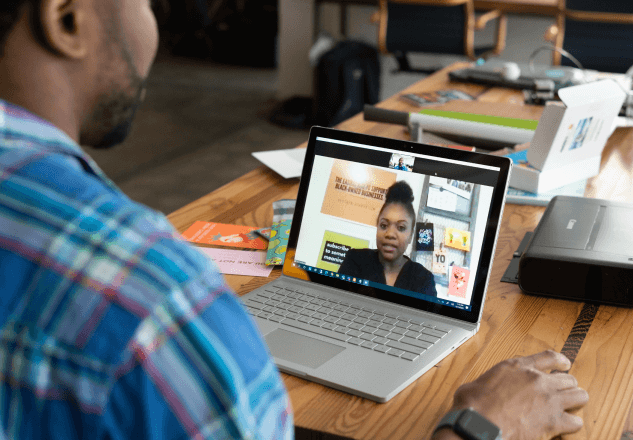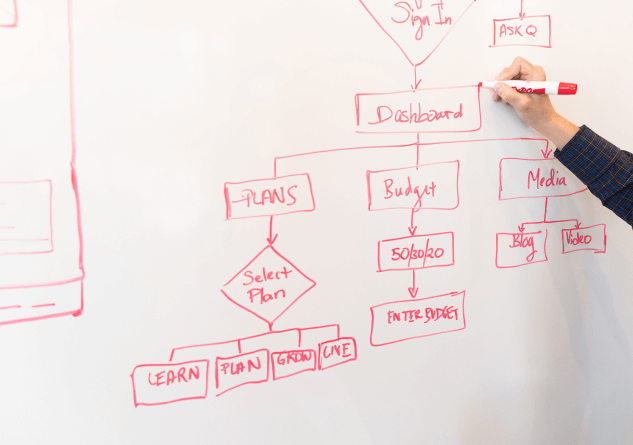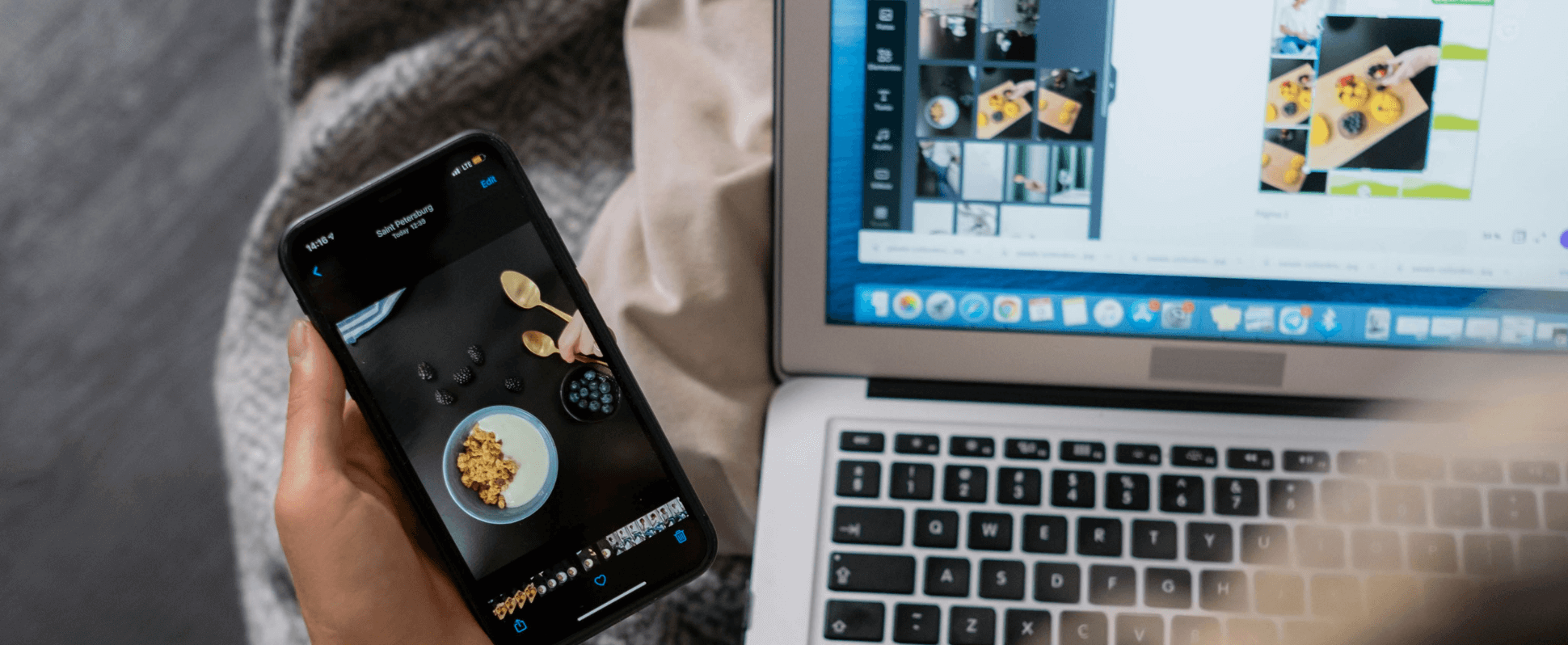Design, Technology, User Experience
Why UX Research is an Essential Aspect of Digital Product Creation

Building a successful digital product takes more than just a great idea and some coding knowledge. Without understanding your users and their needs, it’s impossible to create a product built for purpose and present a working solution for the problem they’re trying to solve.
To achieve this level of understanding, UX research is an essential part of the design process. Yet, surprisingly, many digital product creators overlook this crucial step, relying instead on their own assumptions about what users want or reactively responding to user feedback after the product has already been launched.
In this article, we’ll explore what UX research consists of, why it’s so important, and how it can be used to develop digital products that people will actually want to use.

What is UX Research?
UX research is a process of investigating and understanding users’ needs, motivations, and behaviors to design products that meet their needs and goals. It’s an essential step in the product development process because it allows you to validate or invalidate your assumptions about what users want and need from a product.
There are many different methods of conducting UX research, but some common ones include interviews, surveys, focus groups, usability testing, and analytics analysis. Depending on the stage of development your product is in and the type of information you’re trying to gather, one or more of these methods may be more appropriate.
How Does UX Research Benefit Digital Product Creation?
There are many benefits to incorporating UX research into your digital product development process. Perhaps the most obvious one is that it can help you avoid building something that no one wants or needs.
Creating a product is always a risk, and there’s no guarantee that it will be successful, no matter how well you think you know your users. By conducting UX research, you can reduce the amount of guesswork involved in the design process and make sure that you’re building something that has a higher chance of being used and loved by your target audience.
In addition to helping you validate your assumptions, UX research can provide insights into user behavior that you may not have considered before. This information can be extremely valuable in shaping your product’s direction and ensuring that it meets your users’ needs in the most effective way possible.
Below are just a few examples of the types of insights that can be gleaned from UX research:
- How do users currently solve the problem your product is trying to address?
- What are the main pain points and frustrations they experience with current solutions?
- What are their goals and motivations for using a product like yours?
- How do they feel about your product concept?
- Would they actually use it? If not, why not?
As you can see, UX research provides a wealth of information that can be used to improve the design of your digital product. By taking the time to understand your users, you can create a better solution that meets their needs more effectively.



What Are Some Effective Methods For Executing UX Research?
As we mentioned, there are many different UX research methods. The most important part is to choose the suitable method (or combination of methods) for your specific needs.
Some standard methods include interviews, surveys, focus groups, field studies, card sorting, and usability testing. Let’s take a closer look at each of these methods and how they can be used in digital product development.
Interviews
Interviews are a great way to gather in-depth information about your users’ needs, motivations, and behaviors. They can be conducted in person, over the phone, or even via email.
One advantage of interviews is that they allow you to ask follow-up questions and probe deeper into specific topics. This can be extremely helpful in uncovering user needs that may not be immediately obvious. However, interviews can also be time-consuming and expensive to conduct if you need to interview a large number of users. Additionally, they require good interviewing skills to get the most out of them.
Surveys
Surveys are a great way to quickly and efficiently collect data from many users. They can be distributed online or in person and can be used to gather information about a wide variety of topics.
One advantage of surveys is that they’re relatively affordable and easy to administer. As a result, they can be a great way to get a broad overview of how users feel about your product concept. However, surveys also have some limitations. For example, they can be biased if not appropriately designed, and they don’t allow for in-depth exploration of specific topics, which means organizations should use them in combination with other research methods.
Focus Groups
Focus groups are small users who are brought together to discuss a particular topic. They can be conducted in person or online, and a researcher typically moderates them.
Focus groups are a great way to generate new ideas and get feedback on specific product concepts. In addition, they offer the opportunity for users to interact with each other and share their thoughts and opinions more organically. Getting these natural reactions can be extremely helpful in understanding how users will react to your product in the real world.
Field Studies
Field studies are similar to focus groups, but they’re conducted in a naturalistic setting instead of in a controlled environment. This allows researchers to observe users in their own environment and see how they interact with your product in the context of their everyday life.
The main benefit of field studies is that they provide insights you can’t get from other research methods. To record these insights, researchers typically use a technique called ethnographic research. This involves observing and documenting users’ behaviors and then analyzing this data to look for patterns and common themes.
Card Sorting
Card sorting is a method of organizing information often used in the early stages of product development. It can be used to create navigation menus, content hierarchies, and taxonomies.
There are two main types of card sorting: open and closed. In an open card sort, users are given a set of cards with information on them, and they’re asked to organize the cards into groups. In a closed card sort, users are given a set of cards and asked to place them into predefined categories.
Card sorting is a great way to understand how users think about and organize information. It can also be used to generate new ideas for product features and functionality.
Usability Testing
Usability testing is a method of evaluating a product by testing it with real users. It’s typically used to assess things like user interface design, navigation, and overall usability.
During a usability test, users are asked to complete specific tasks while being observed by researchers. This allows researchers to see how easy or difficult it is for users to use the product and identify areas where there are potential problems.
Usability testing is essential to the product development process because it allows you to identify and fix usability issues before your product goes to market.


Bridging the Gap Between Research and Development
To bridge the gap between research and development, it’s crucial to have a shared understanding of the role that research plays in the product development process. Research should be considered an essential part of product development, not an afterthought.
To build this shared understanding, organizations should develop a research strategy that outlines the goals and objectives of their research efforts. This strategy should be shared with everyone involved in the product development process, from executives to developers.
However, this approach often requires the knowledge and perspective of design and development professionals, which can be challenging to come by in-house. This is where working with a digital agency that understands the necessary balance between design, development, and research can be extremely helpful.
Creed Interactive is a digital agency that specializes in helping organizations create successful digital products. We take a user-centered approach to product development, putting research at the heart of everything we do. But, more importantly, we know that in order to provide a successful product, research must be an ongoing effort, not something that’s only done at the beginning of the development process.
We specialize in driving the creation of high-performing digital experiences that not only engage users but achieve business objectives. We understand that UX research is just one essential aspect of digital product creation and we are passionate about working with each of our clients every step of the way. If you’re ready to create a digital product that users will love, contact us today and let us know how we can help.

